 |
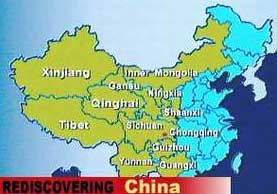 Since economic development began in China twenty years ago, the country has experienced dramatic changes. But because of the vast differences between the regions and their cultures, some provinces have developed more rapidly than others. In the south-east, along the coast and in central China, the provinces have seen an explosion of their economics. In the Western part of China, however, development has occurred at a different pace. The Chinese governments stand is that if all of China does not undergo equal prosperity, then the complete success of China's reform will not be achieved. Which regions lie in so called west China? And what is their present status? How can investors be attracted to the west and what is their opinion of western China? In the up-coming several episodes we will explore these questions and we will look forward to introducing you to Western China. Since economic development began in China twenty years ago, the country has experienced dramatic changes. But because of the vast differences between the regions and their cultures, some provinces have developed more rapidly than others. In the south-east, along the coast and in central China, the provinces have seen an explosion of their economics. In the Western part of China, however, development has occurred at a different pace. The Chinese governments stand is that if all of China does not undergo equal prosperity, then the complete success of China's reform will not be achieved. Which regions lie in so called west China? And what is their present status? How can investors be attracted to the west and what is their opinion of western China? In the up-coming several episodes we will explore these questions and we will look forward to introducing you to Western China.
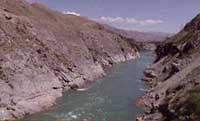  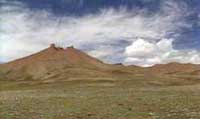
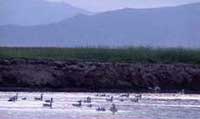 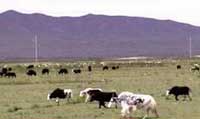 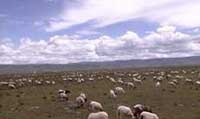
Western China occupies an area of 6,700,000 square kilometers covering 69% of China's total area. It consists of altogether 12 provinces, cities and autonomous regions, including Shanxi, Gansu, Ningxia, Qinghai, Xinjiang, Yunnan, Guizhou, Sichuan, Tibet, Chongqing, Guangxi, and Inner Mongolia. Despite its vast territory and abundant resources, the economy of the west as a whole lags behind the east as a result of inconvenient transportation and a hostile environment.  The west has a population of 359 million, which is only 28.5% of China's total population; though expanded already, its cultivated area accounts for only 23.7% of China's total area. And its GNP covers only 17.4% of China 's overall profit. These statistics form a sharp contrast with the west's rich resources. The overall success of China's economic reform depends on the progress and development of the west. Compared with the coastal area in the south and east. The west will need more time to overcome greater difficulties to complete its own development. In June 1999, a strategic decision was made that might influence China's economic growth during the next several decades: the Chinese government started a campaign to speed up the economic development of the west. For this reason, western China thus caught the eye of the international community in the wake of the new millennium. The west has a population of 359 million, which is only 28.5% of China's total population; though expanded already, its cultivated area accounts for only 23.7% of China's total area. And its GNP covers only 17.4% of China 's overall profit. These statistics form a sharp contrast with the west's rich resources. The overall success of China's economic reform depends on the progress and development of the west. Compared with the coastal area in the south and east. The west will need more time to overcome greater difficulties to complete its own development. In June 1999, a strategic decision was made that might influence China's economic growth during the next several decades: the Chinese government started a campaign to speed up the economic development of the west. For this reason, western China thus caught the eye of the international community in the wake of the new millennium.
 Interview: Dr Zhou Minliang, Chinese Academy of Social Science Interview: Dr Zhou Minliang, Chinese Academy of Social Science
I think the development of the west is a long-term process, but it will also boost the local economy in a short time. For example, the infrastructure. Investment will stimulate the growth of the western economy, promoting the development of trade, the steel industry and building material industry. Development in the next three to five years will depend on the investment from the national government and overseas.
 Interview: Liu Yi, Deputy Director of the Geography Institute, Chinese Academy of Science. Interview: Liu Yi, Deputy Director of the Geography Institute, Chinese Academy of Science.
Many areas in the west are comparatively lagging behind due to their weak base. But from a different prospective, their economy is still facing a bright future. Many industries and resources have great potential for development and more open markets will guarantee improved technology and personnel.
|
|
|
|
|
|
|
 |









